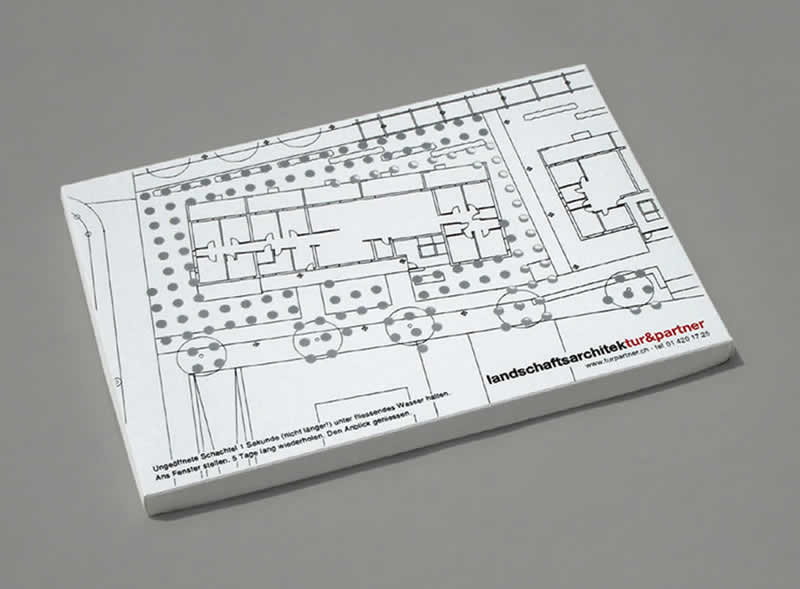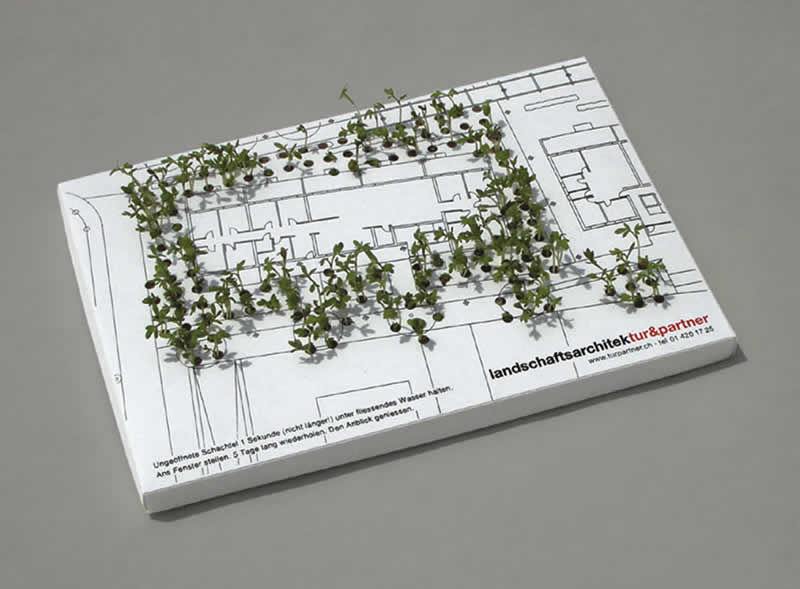SINGAPORE: Ask the question 'How much water should I drink?' and the typical answer is eight glasses daily.
But now, it seems this 'gold standard', that we've all grown up with, is without scientific proof.
Earlier this month, two scientists at the University of Pennsylvania found no evidence that downing eight glasses of water a day is good for our health.
Dr Dan Negoianu and Dr Stanley Goldfarb reviewed medical literature dating back to the early 1970s and found that there were no scientifically proven health benefits to gulping so much water a day.
Apart from athletes and people living in hot, dry climates, the average healthy person does not need to drink eight glasses of water daily, they said.
Their findings, published in the Journal Of The American Society Of Nephrology on April 2, got the nod from some dietitians and doctors here.
Dr Stanley Liew, consultant endocrinologist at Raffles Hospital, said: 'Our bodies can adapt to our environment and water availability. We can rely on our thirst sensation to guide us in our water consumption. There is no need to force ourselves to drink eight glasses of water daily.'
Changi General Hospital's senior consultant sports physician and head of Changi Sports Medicine Centre Dr Ben Tan said: 'In practice, the amount depends on how much water we lose through expired air and sweat. As long as we produce relatively clear urine a few times a day, we should be fine.'
But others, like nutritionist Benjamin Lee from the Health Promotion Board, maintain that you should consume between six and eight glasses of fluid daily, including soup or porridge broth.
The body uses between one and 11/2 litres of water every day on average and more in high temperatures or when you are exercising. That's why you need water.
The human body is 70 per cent water and there is water in its circulatory system, interstitial space - spaces between the cells - and within the cells, said Dr Tan.
The electrolytes and enzymes that are in solution in the body need to be kept within a tight concentration range in order for it to function properly, he added.
Water is a major component of blood, which is in charge of supplying oxygen and nutrients to the organs. Water also assists daily bodily functions like regulating body temperature and lubricating joints for ease of movement.
Dr Liew added: 'Our kidneys rely on huge amounts of water being filtered daily to excrete toxic substances from our bodies. Deprived of water, we can survive only for days.'
A person can generally survive without water for a period of between two and seven days.
But while drinking too little water will cause dehydration, resulting in conditions like a dry mouth and darkening of urine, drinking too much can also damage one's internal system.
Water intoxication, or hyponatremia, occurs when too much water is drunk within a short space of time. This situation can cause an imbalance of the body's electrolytes, disrupting normal brain function, which can lead to swelling in the brain and death.
In contrast, severe dehydration means that the body does not have enough water to carry out its normal functions and this can cause kidney failure and even death.
Moderation is the key. After all, the more water you drink, the more is passed out as urine.
Dr Lew Kian Hwa, registrar at Alexandra Hospital's Health For Life Centre, said: 'The normal amount of urine one generates is between 800 and 2,200ml per day. It varies with your intake of water and the normal frequency of urinating which is about six to eight times per day.'
While the experts are divided over how much water one should drink, they all dismiss the notion that bottled water is healthier than tap water.
Last year, Singapore imported 154.5 million bottles of drinking water, 32 million more than in 2006. According to the Public Utilities Board (PUB), Singapore requires 300 million gallons of water a day.
Mrs Magdalin Cheong, chief dietitian and senior manager at Changi General Hospital's dietetic and food services, said: 'Water is water, tap or otherwise. As for the added nutrients in bottled water, do we need them? One's intake of vitamins and minerals should be from one's diet, not just from drinking water.'
Ms Jaclyn Reutens, a dietitian at Aptima Nutrition and Sports Consultants, said: 'The amount of minerals or fruit added in bottled water is not a significant source of nutrients.'
A PUB spokesman said that more than 80,000 tests on water quality are conducted on Singapore's water every month and Singapore's tap water exceeds the requirement of the World Health Organisation (WHO) Drinking Water Guidelines.
Dr Tan summed up the argument for sensible drinking: 'Common sense should prevail.'

















































